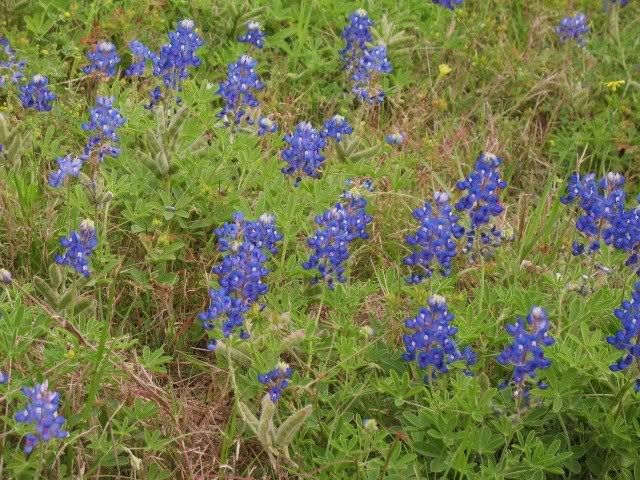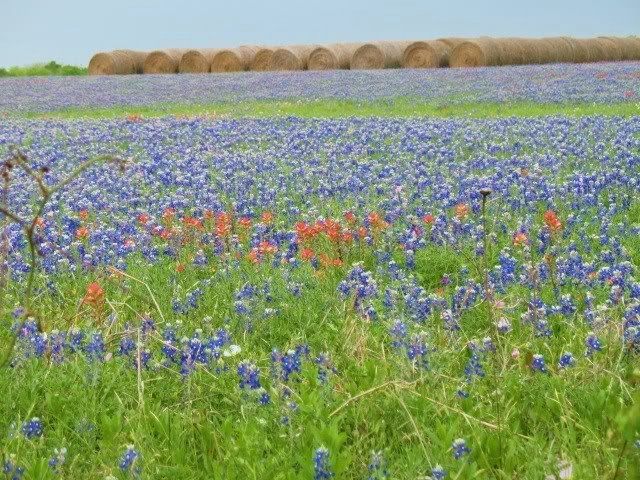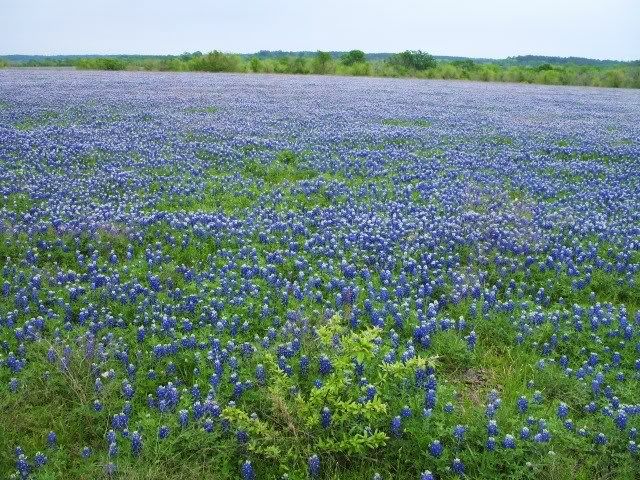As a riding instructor, often to beginners, I regularly hear: "I'm taking riding lessons because I'm getting a horse." Or this: "Should I buy a pony for my child so she can practice her lessons at home?" Whereupon I ask the eager student or parent if they have experience handling or owning horses. The response I usually receive is "no."
This worries me. Many people who are not "horse-people" are unaware of the tremendous amount of knowledge, work, dedication and energy required to keep a horse ... properly. And cash of course, because horse ownership is a money-pit. There are people who plunge into horse ownership without worrying about such details. It is a pipe dream: if you own land (even just one acre), you should put a horse on it. The result is sadly predictable. Malnourished, unhealthy, poorly-trained, unhappy animals. The price of human negligence and/or ignorance is paid by the horses who have no say in their fate.
Providing for the horse's physical needs is only one part of ownership. An owner is also responsible for the horse's mental and emotional well-being. Horses are intelligent beings who, like humans, need mental stimulation to avoid boredom and destructive behavior. They are also social animals that thrive on emotional bonds with other living beings. In a natural herd each horse relies on its herd mates for these interactions, but an isolated horse on a farm only has its human owner. Even in larger facilities with multiple horses, horses are usually stalled by themselves, and seldom turned out in large enough groups for sufficient lengths of time to allow natural herd dynamics to develop.
I focus this and the next several posts on training both the horse and its human partner-to-be. Aside from being a practical necessity, training provides the interaction that horses crave. Training is a must if you plan to work or compete with your horse. It is also beneficial for the horse that is a pasture buddy, or a pet. In other words, training is what you owe to your horse; whether as a friend or as a partner in work.
Let's begin.
Training must precede putting any equipment, let alone riders, on the horse. As a new owner you must learn to safely handle your horse. In turn, your horse must understand what you want it to do, and it must agree to do it. This is true even if your new horse has already been "trained" by someone else. You and your new horse are strangers, who must get to know each other first before eventually forging a mutually beneficial relationship. Like human relationships, the key ingredients to a successful partnership are communication, trust and respect. And time.
TRUST
For most people this is a no-brainer. Obviously both you and the horse need to believe that one is not going to harm the other. Horses cannot speak human words, but they are eloquent in their body language. An experienced horse-person notices and understands behavioral cues. A horse that trusts a human in its presence will display typical behaviors, such as: relaxed ears and facial features, ambling with its head and neck relaxed and low, and perhaps nibbling on grass. At the very least, the horse should be willing to stand quietly next to you, allowing you to touch it.


RESPECT
Respect is very closely linked to trust. The horse must respect you, its trainer. You must respect the horse, your trainee. Respect is NOT fear. If you try to control the horse with fear, you will lose its respect. Many new horse owners unintentionally instill fear in their horses. How does this happen? The horse does not understand your intentions, and being a prey animal it finds this scary. Putting the shoe on the other foot, you may be scared, or at least wary, of coming close to a strange horse, for the same reason. You don't know what this big animal is going to do. So, lack of understanding between two beings generates mistrust and fear. To overcome fear, and gain trust and respect, both horse and human must learn to understand each other's language, verbal and non-verbal. This is communication.
COMMUNICATION
This is where training comes in: you must train the horse to understand your signals. I actually prefer to think of it more as teaching the horse a new language. There are many good trainers with very effective techniques of communication with the horse. Some may be similar, others very different. The "how" is less important than that it works, AND it achieves the mutual trust and respect needed for a productive relationship and collaboration. Whatever the technique used, the trainer must have:
- fluency in the technique,
- consistency and fairness in its use, and
- the skill to adapt to, and address the idiosyncrasies and needs of, the individual horse.
It is a two-way street: you as the trainer must take it upon yourself to gain as much understanding as possible about horse behavior in general, and about your individual horse's character and abilities in particular. You must train yourself to understand your horse's signals.
TIME
"You mean I can't train in a week? Two weeks, then?"
No. It takes time and patience, and there are no short-cuts. Even in the most skilled hands, training progress over time looks more like a jagged mountain range, with lots of ups and downs and plateaus. Be leery of programs with fixed time-tables and "guaranteed results".
In the next post I'll describe how I communicate with my horses, and show you examples of applications.














